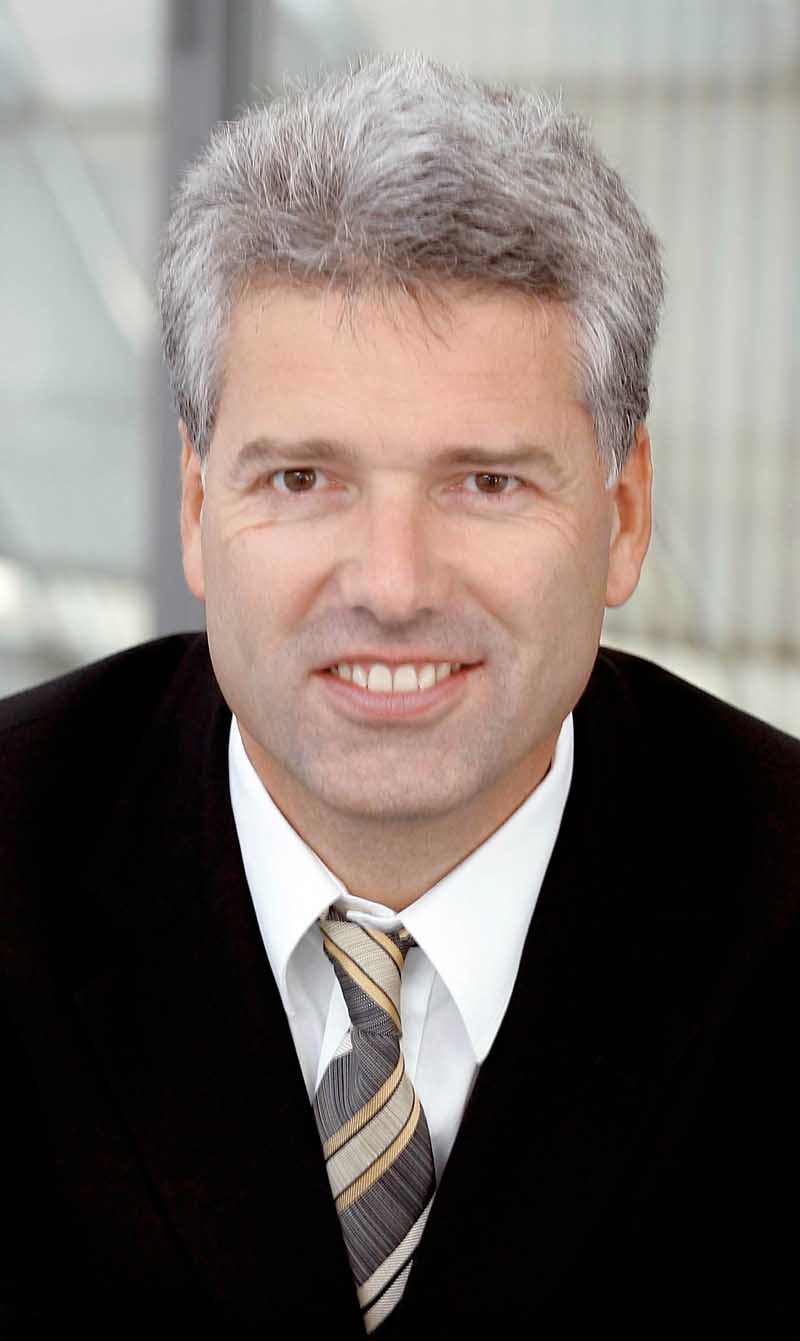Managing global risks
Risk is an ever-present feature of the business landscape, making effective risk management systems essential. For global businesses, these systems must be designed to anticipate and preempt the impact of risks in such a way that allows them to maintain a healthy business trajectory, or in the worst cases, to recover their financial bottom line as quickly as possible.
The last few years have only demonstrated how complex this task has become. Risks to global businesses have presented themselves as numerous financial crises, natural disasters, geopolitical tensions and even global pandemics. The aftermath of these events left many businesses reeling, forcing them to adapt quickly and to consider new strategies for risk management.
What lessons about risk management have these companies learnt? Is it possible to anticipate every permutation of risk that can affect business operations? And are companies doing enough to head off the negative impact of business risk?
The CEO Panel, moderated by Dr Amir Mirchi, the Regional Vice President (The Middle East and North Africa) of Rio Tinto, examined these questions through the perspectives of several captains of industry whose business operations span the globe.
‘The study showed that these can result in three nightmare global scenarios: a lost generation of young people deprived of opportunities to work, learn, save and gain experience; increasing educational costs; and digital disintegration in the form of internet failures or cyber attacks on global systems,’
The diversity of risk
There is no doubt that risk comes in various forms and from diverse sources. Dr Amir noted that technological developments such as social media—specifically the immediacy it lends to communications—has become a dimension of risk that global businesses have had to grapple with in recent years.
Iqbal Ahmed, chairman and chief executive of the Seamark Group, United Kingdom, also brought the audience’s attention to the dynamic nature of business risks. According to the World Economic Forum Report, these risks include social factors such as unemployment and severe income disparities; environmental issues such as climate change, extreme weather events and water crises; geopolitical events such as major financial failure and political instability; and social factors such as food crises.
‘The study showed that these can result in three nightmare global scenarios: a lost generation of young people deprived of opportunities to work, learn, save and gain experience; increasing educational costs; and digital disintegration in the form of internet failures or cyber attacks on global systems,’ he said.
Iqbal said his own experiences had taught him that when dealing with developing countries, it is also common for commercial, legal and public administration systems to fail to keep pace, resulting in bureaucratic snafus and slow rates of legal redress. In regions such as the Middle East, Asia, Russia and Africa, businesses must also account for risk factors that range from geographical tensions to Internet hardware failures. His personal concerns revolve around the long-term sustainability of the food industry, which is tied closely to the integrity of the world’s environmental systems.
Young Soo Kim, President of Samsung Gulf Electronics, gave an example of how natural disasters can become a factor in risk management—one of Samsung’s Asian warehouses was compromised by severe winter conditions, which impaired the company’s supply chain. Extreme weather can also translate to a drop in the number of customers willing to visit their retail outlets to test their products, an essential step in the purchasing process.
Risk versus reward
In recognising that risk and reward each occupy one side of the same coin, Tan Sri Dato’ Azman Mokhtar, Managing Director of Khazanah Nasional Bhd, Malaysia, suggested reframing the issue of “managing risk” as one of “managing reward”.
He also noted that while risk management systems are already de rigueur—or should be—for companies, this does not address the question of why some businesses fare better than others. This is especially relevant when considering that, according to assessments by the World Economic Forum’s annual Global Risk Report, business landscapes around the world are only becoming more challenging.
This was echoed by Raghu Malhotra, Division President of the Middle East and North Africa, International Markets, MasterCard, who noted that there were always certain organisations that stood out in their ability to overcome risks. He believed that the difference in those who succeeded and those who did not was the ability in which their risk strategies and plans were implemented.
‘The difference is in the undertaking of initiatives. Every one of us has a model for crises and risk management, (but) the difference is in the…execution,’ he said. According to him, one of the critical factors in successful implementation lay in understanding that various people in different regions of different parts of the world perform and work in a different way.
Azman added that there were several rules that companies could follow to augment their ability to manage risk and essentially “make their own luck.” This included establishing a risk management process that was supported by having the right people in place. Although this could not guarantee success in all instances, such an established process would yield more successes than failures over time.
This system should also clearly establish a risk and reward threshold so companies could accurately assess the level of risk that is inherent in every business opportunity that presented itself.
Azman noted that Khazanah strictly filtered its investment opportunities so that for every one that it decided to pursue, it had already turned down 100 others, including those that promised higher returns. ‘It’s not that we are fussy. To us, we at least know the risk and reward threshold we are willing to take, and therefore forego some of the higher returns. This is what works for us and we will stick to that.’
‘The greatest risk of all is not taking any risk.’
Collaboration and innovation
Gerald Lawless, President and Group Executive Officer of the Jumeirah Group, UAE, used his industry—travel, tourism and hospitality—as an example of how important it is for companies to work together in order to overcome risks. The severe impact of the September 11 attacks, for example, forced industry players to collaborate with one another to minimise the damage.
‘The airlines, the car hire industry, hotels and tour operators (worked together) to see what we could do to try to recover our business. We came up with a lot of initiatives that were put into the international marketplace… the industry came together to minimise the damage and by the end of that year we recovered 75 per cent of our business,’ he said.
Similarly, having to satisfy consumer expectations which are shaped by rapidly changing technology trends widens the risk spectrum and makes collaborating with other companies necessary. Young noted that the nature of Samsung’s business meant they needed to strategise for more than mere survival, as it needed to innovate constantly just to ensure that its growth was sustainable.
‘We have two choices in front of us,’ he said. ‘The first one is survival [but] survival itself is not enough. We have to [ensure] sustainable growth [by] innovating our activities.’
How well are global businesses doing?
Panellists were also asked to assess how well global businesses prepare for and manage risk. Azman cited the two Malaysia Airlines crashes in 2014—which has been calculated to have a probability of a billion to one—as an example of how difficult it can be for companies to plan for risk scenarios. To mitigate risk, he reiterated the importance of having the proper basic systems in place; establishing trustworthy collaborative relationships with relevant stakeholders; promoting transparency and institutionalisation; having a clear mandate on the risk and reward threshold; establishing shared responsibility; and considering measured diversification in a company’s business activities.
While Iqbal said global companies needed to pay more attention to protecting the integrity of e-commerce and internet banking systems, Young focused on their ability to respond quickly to problems, even those that exist in strictly local contexts. He estimated that having an early warning system in place and ensuring that the right people respond made up 70 per cent of companies’ ability to manage risk situations.
Raghu agreed that responding proactively and in a timely manner was essential, but said many industries and governments were not properly equipped to do so. Part of the reason for this was that they didn’t take into account changing contexts, which is also why entities such as the United Nations has failed to address new risks in the global landscape as effectively as it used to.
Conclusion
In wrapping up the session, Dr Amir noted the common elements of the panellists’ recommendations for how global companies can manage risk more effectively. These revolved around considering different solutions for different parts of the world, being proactive and collaborative, and avoiding the “easy” way of cutting costs by downsizing labour forces.
In an observation echoed by other members of the session’s panel, Dr Amir also added that risk is about both trade and opportunity, and about both creating and preserving value. The travails of the last global financial crisis have prompted companies to re-examine risk management and strategy, but without losing sight of the fact that taking risks remains a core element of fulfilling their business objectives. ‘In order to generate value for shareholders, host countries, communities and our employees, we need to accept the right level of risk at the right time,’ he said.
Like Lawless said, ‘The greatest risk of all is not taking any risk.’
___________________
This is based on a session from the 10th WIEF in 2014.





